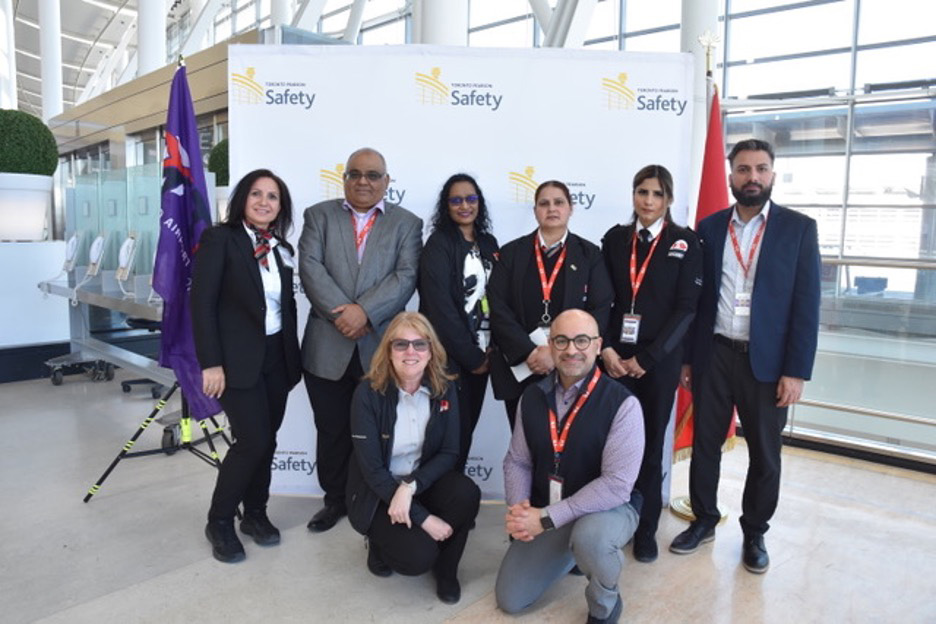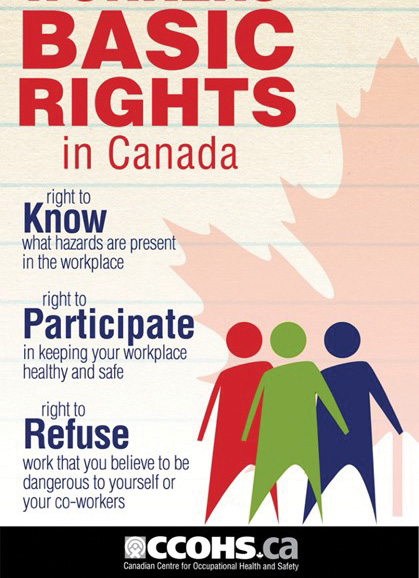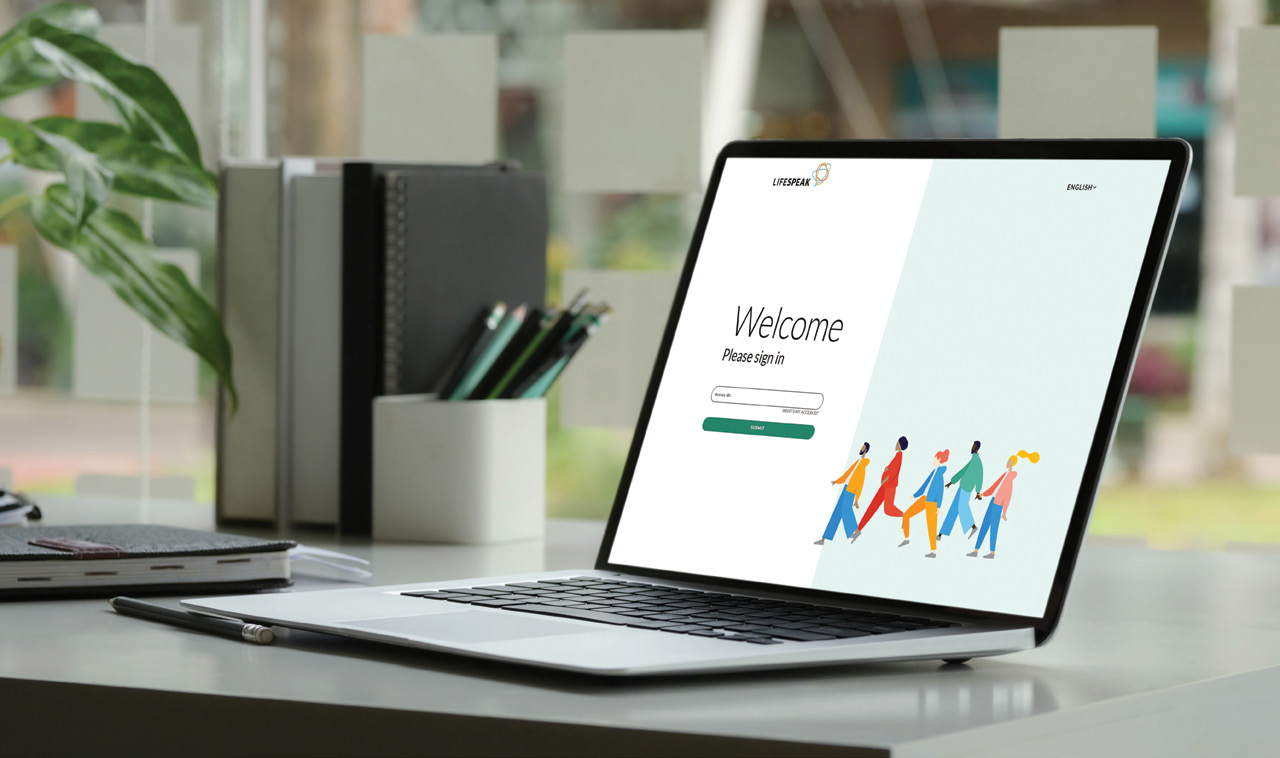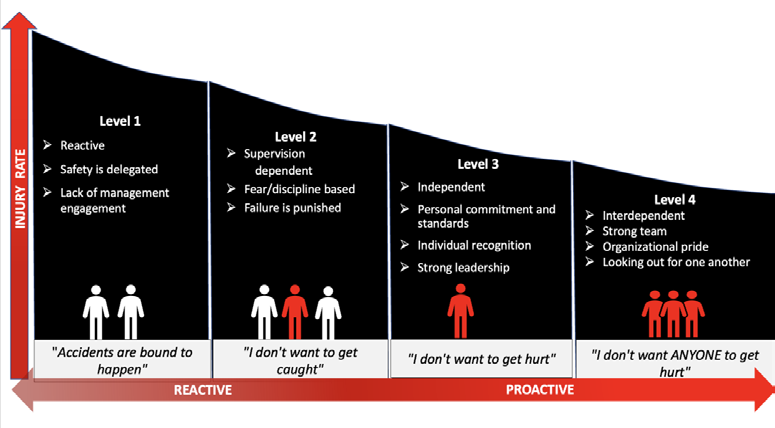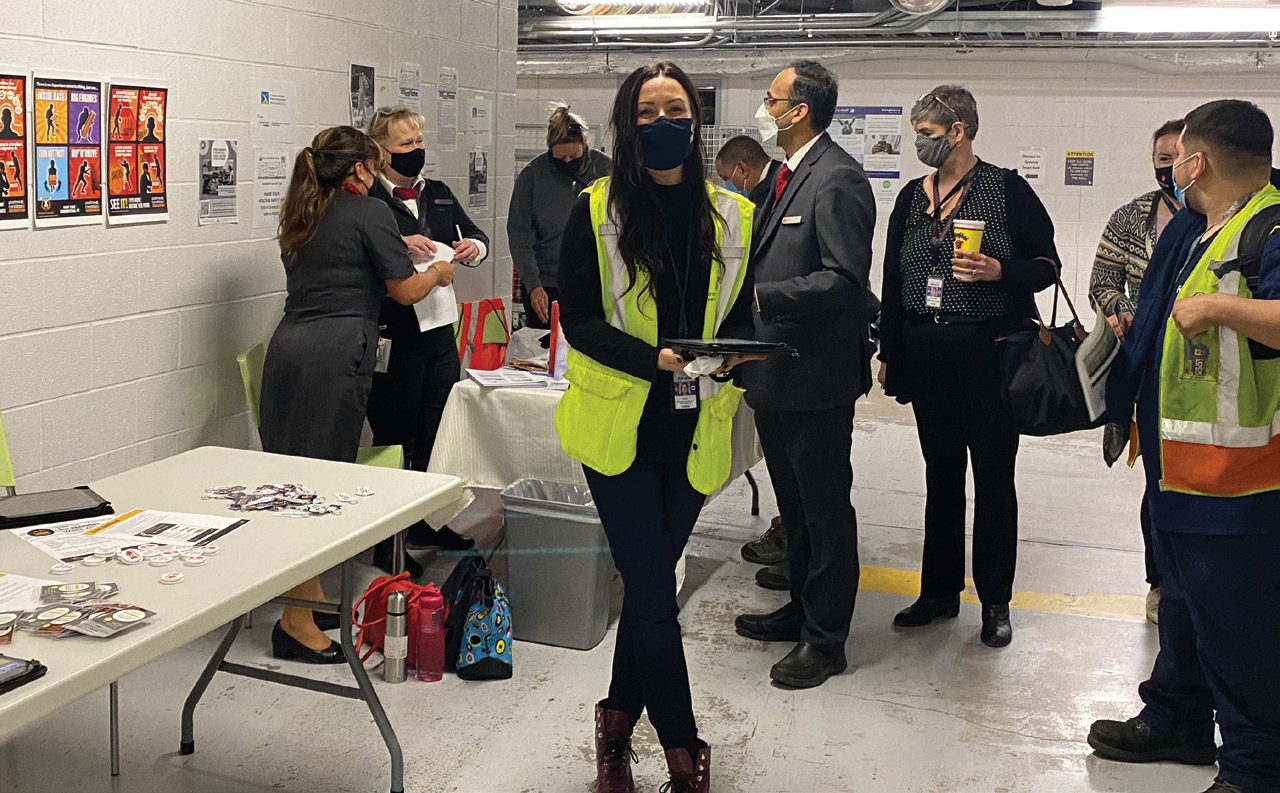At ASP, we prioritize the well-being and safety of our employees above all else. We believe that every individual deserves to work in an environment free from workplace violence, harassment, and sexual harassment. It is crucial that we all understand the importance of reporting such incidents, treating them as workplace hazards, and taking appropriate action to address them promptly.
Workplace violence, harassment, and sexual harassment are serious issues that can have a detrimental impact on individuals and the overall work environment. We want to emphasize that no one should ever feel afraid to come to work due to the fear of being harassed. We are committed to fostering a culture of respect, inclusivity, and support for all employees.
If you witness or experience any form of workplace violence, harassment, or sexual harassment, we strongly encourage you to report it immediately. Reporting can be done through various channels, depending on your comfort level. You may choose to report to your supervisor, Operations Manager, or directly to the Human Resources department. Rest assured that all reports will be handled with the utmost confidentiality and sensitivity to ensure your safety and well-being.
By reporting incidents, you play a crucial role in maintaining a safe and respectful workplace for yourself and your colleagues. It allows us to take appropriate measures to address the issue, provide support to those affected, and prevent future occurrences. Remember, your voice matters, and we are here to listen and support you.
To further emphasize the significance of reporting, we would like to remind everyone that workplace violence, harassment, and sexual harassment are considered workplace hazards. Just like any other hazard, they should be treated seriously and reported promptly. Our commitment to maintaining a safe work environment extends to addressing these issues promptly and effectively.
We understand that reporting such incidents can be challenging, but we assure you that your concerns will be handled with the utmost care and confidentiality. Our dedicated team is trained to handle these matters sensitively, ensuring that your rights and privacy are protected throughout the process.
Let us stand together as a united team, committed to creating a workplace where everyone feels safe, respected, and valued. Together, we can foster an environment that promotes dignity, equality, and professionalism. If you have any questions, concerns, or require further information, please do not hesitate to reach out to the Human Resources department. We are here to support you every step of the way.
At ASP we provide training, resources to report an EAP program called Life Speak – the rest is up to you – Report it! Let’s commit to maintaining a safe, respectful workplace.
